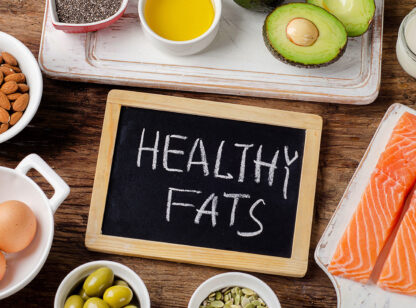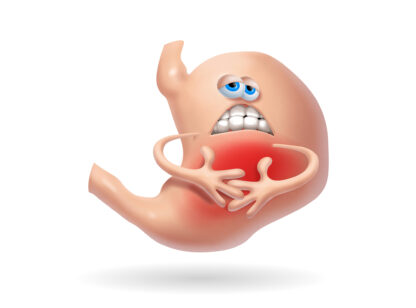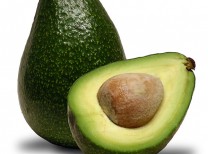Discussions around muscle usually revolve around “fitness” level and not health. However, muscle is vital for survival and built and maintained by amino acids from protein, so nutrition and muscle maintenance are worth a discussion.
Up until our mid-30s, hormones accelerate our growth. Yet as we age, we rely more on amino acids and require significantly more of them. Due to this shift, we notice changes like more fat around our waist or increased blood pressure unless we change our eating habits.
Amino acids are extracted from animal proteins more efficiently than from plant sources. Plants use amino acids for structural support intertwined with fiber, making them less efficiently absorbed (95% absorption for animal protein vs. 60-70% for plant sources). Therefore, we need to eat more plant protein than animal to meet our daily amino acid requirements.
Our bodies have specific requirements for nine essential amino acids. Muscle is the primary site of carbohydrate and fat metabolism to produce energy to move, however, many lesser-known metabolic roles require amino acids and increase our needs. Donald Layman, PhD, a biochemist and international protein expert, states, “Each amino acid has one or more additional metabolic roles, and the success of these roles depends on consuming more protein than the minimum recommended dietary allowance (RDA). Some of these include the need for the amino acid arginine to produce nitric oxide to regulate blood pressure, methionine to create creatine that regulates muscle energy, size and strength and leucine to build muscle.”
Based on his research and that of others, Dr. Layman recommends that the dietary protein requirement necessary to optimize the metabolic roles associated with each amino acid is approximately 1.6 grams/kilogram body weight (0.72 grams/pound) or twice the minimum RDA of 0.8grams/kilogram (0.36grams/pound).1
While we sleep, we lose muscle to supply amino acids to vital organs. To stop this process, the first meal of the day for adults age 35+ must contain at least 3 grams of the amino acid Leucine found in ~30 grams of protein. One cup of Greek yogurt, ½ cup of fruit, 2 tablespoons of almonds and a tablespoon of hemp seeds, or a protein shake with 23 grams of undenatured whey, or 30 grams of pea protein, meet this requirement.
Get started by calculating and do your best to ingest your daily protein gram goal, especially the initial 30 in the morning. Most adults need 90-160 grams daily, depending on body weight. Analyze your body composition using a scale that will give you a baseline of how much lean muscle you have, often labeled as FFM or Fat Free Mass, and check for changes. Meeting our daily amino acid requirements is a challenge. We all have unique needs, so make gradual, deliberate adjustments and keep a journal to ensure the changes work for you.
As adults, acute periods of illness, injury, or prolonged bedrest cause steep declines in skeletal muscle that are difficult to rebuild, making it crucial that we maintain what we have. Muscle is a metabolic organ that, when trained and maintained, gives you the confidence and independence to rebound from whatever life throws at you.
Regina Basterrechea is a functional nutrition and lifestyle practitioner and can be reached at (760) 799.6550. For an individualized protein goal, visit the tools section of Dr. Layman’s site at www.metabolictransformation.com.
References: 1) www.metabolictransformation.com
















































Comments (0)